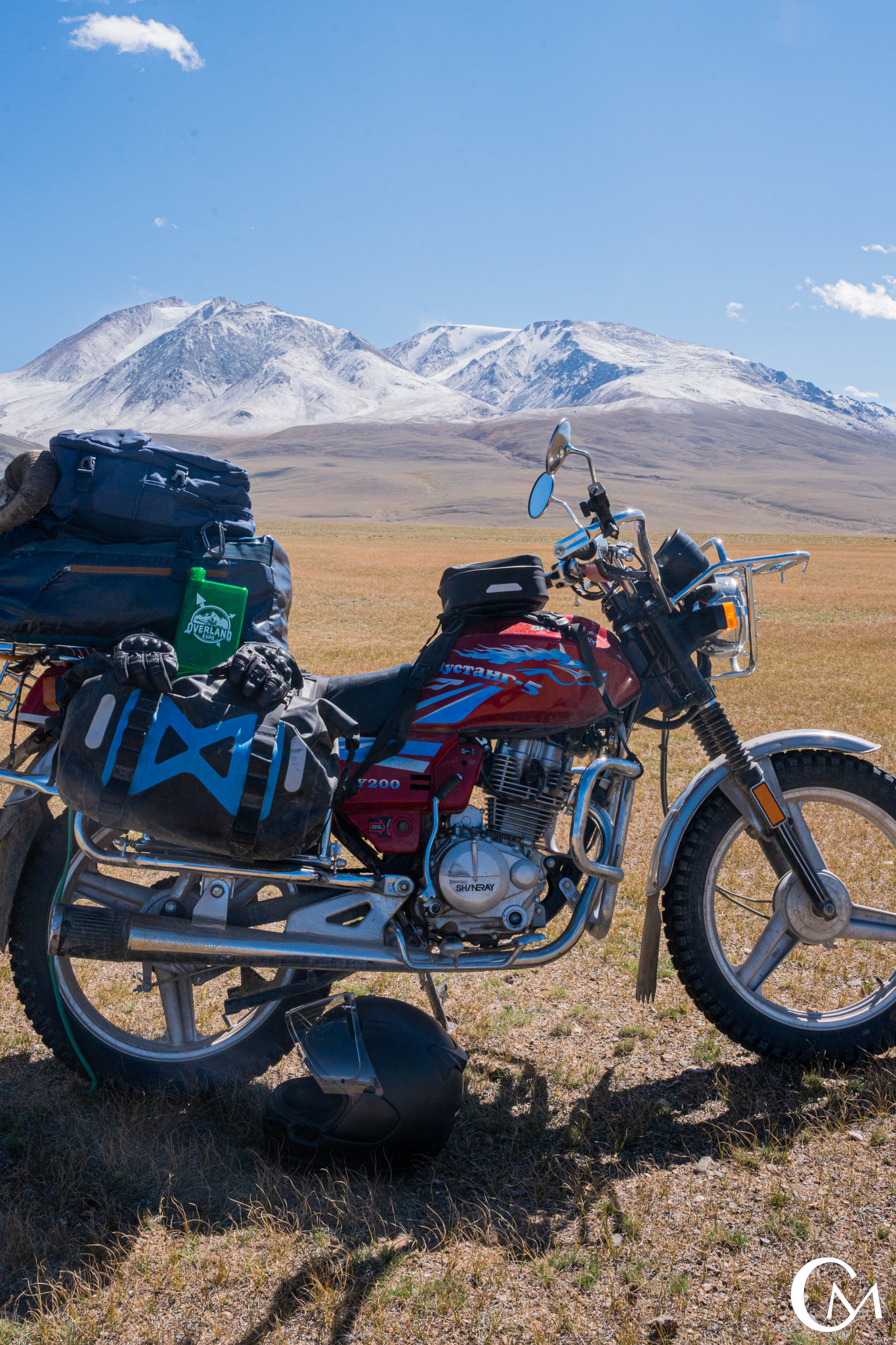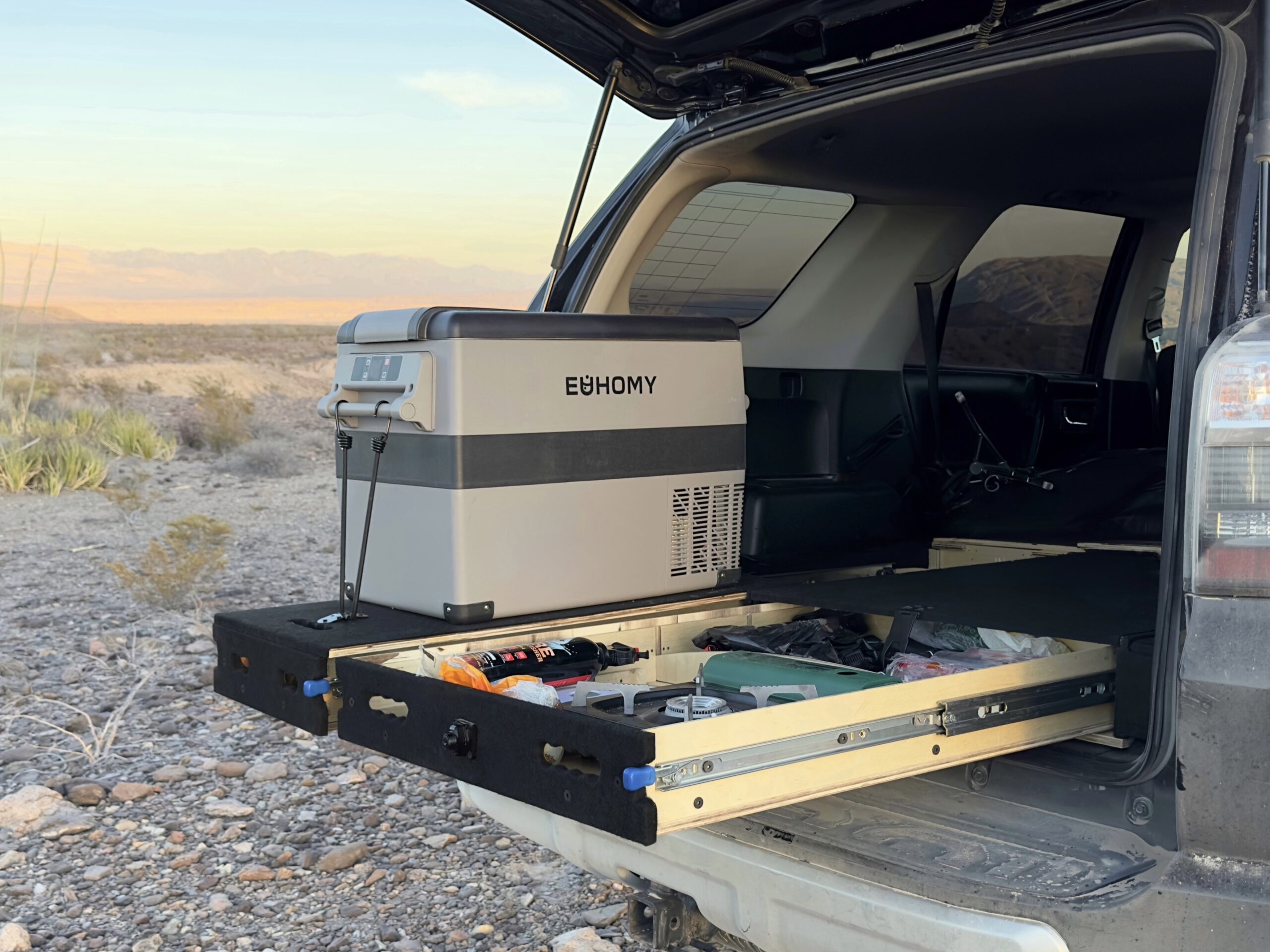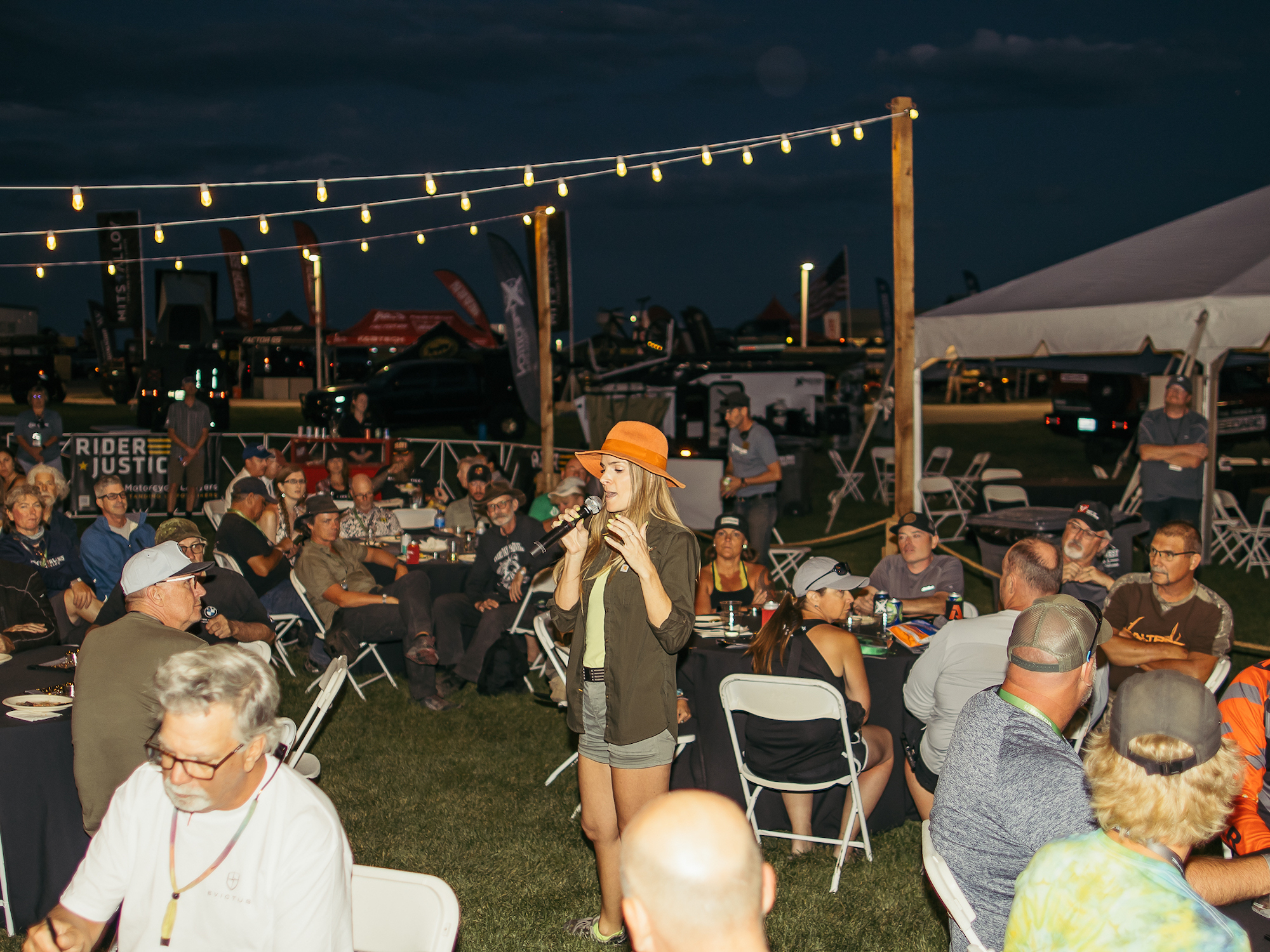In other posts, we have covered how to Overland in a Two-Wheel Drive Vehicle and What to Bring Overlanding. Those only tell part of the tale, though. In this post, we are going to answer: what is an overlanding vehicle?
To put it plainly, an overlanding vehicle is your chariot, your adventure partner, your main squeeze — whatever you call it, your overlanding vehicle is your ticket to adventure. That’s because it carries you throughout your journey and gets you to your destination.
To that end, overlanding vehicles can take all forms. It might be a nostalgia-inducing vintage 4×4, brand-new top-of-the-line rig or a well-loved AWD hatchback. Not everything can be an overlanding vehicle, though, no matter how much you wish it to be true. There are some basic must-haves ever overlanding vehicle, well, must have before it can be safely or reasonably considered an overlanding vehicle.
Let’s dig into some of criteria, the pillars that define an overlanding vehicle.
Capability
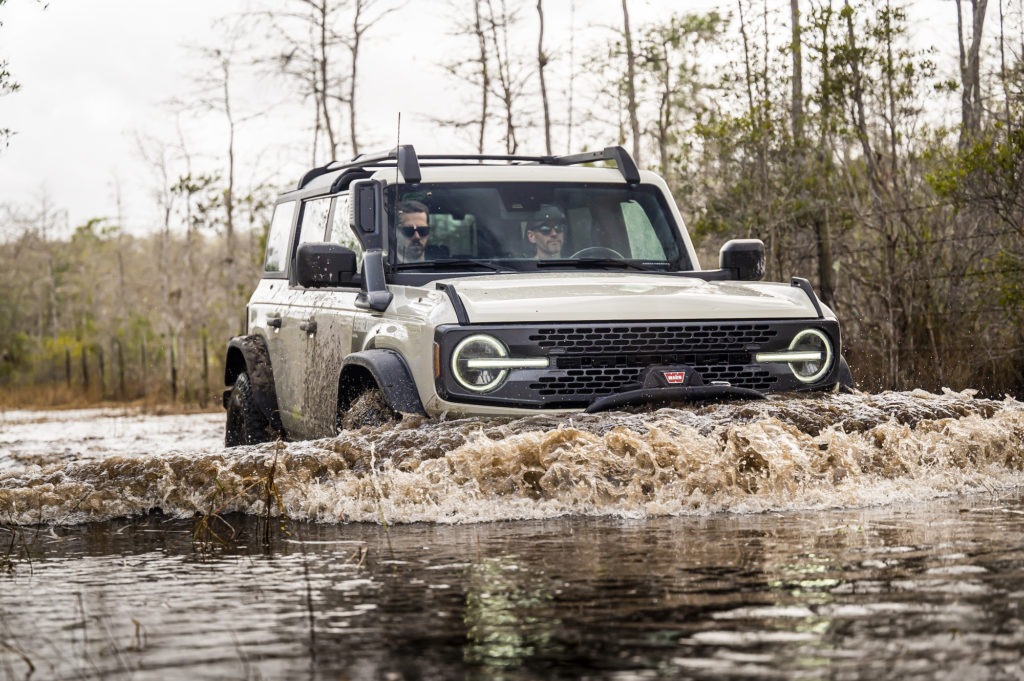
Capability can be a bit subjective. That’s because one person’s waterline for capability might be completely different from the next person. One overlander may require their vehicle be capable of fording 36 inches of water. Another overlander might simply want a vehicle with just enough ground clearance to get them to their favorite disperse campsite down a remote, rutted road.
Essentially, you want to be sure that your vehicle can handle the sorts of terrain and obstacles that you plan to toss at it.
If we are being prescriptive, though, and I will be, I’d say the minimum capability requirements for an overlanding vehicle are:
- Eight inches of ground clearance
- This is enough clearance to ensure you won’t get hopelessly snared by most trail ruts and rocks
- Locking center differential
- Even if you have an all-wheel drive (AWD) vehicle without a low-range transfer case, being able to lock the center differential thereby ensuring an equal amount of power is flowing to the front and rear wheels is paramount. The Hyundai Santa Cruz pickup is a good example of an soft-roader AWD vehicle with a center locking differential. As we have established, you can get by with a two-wheel drive vehicle, but I don’t recommend it.
Cargo capacity & payload
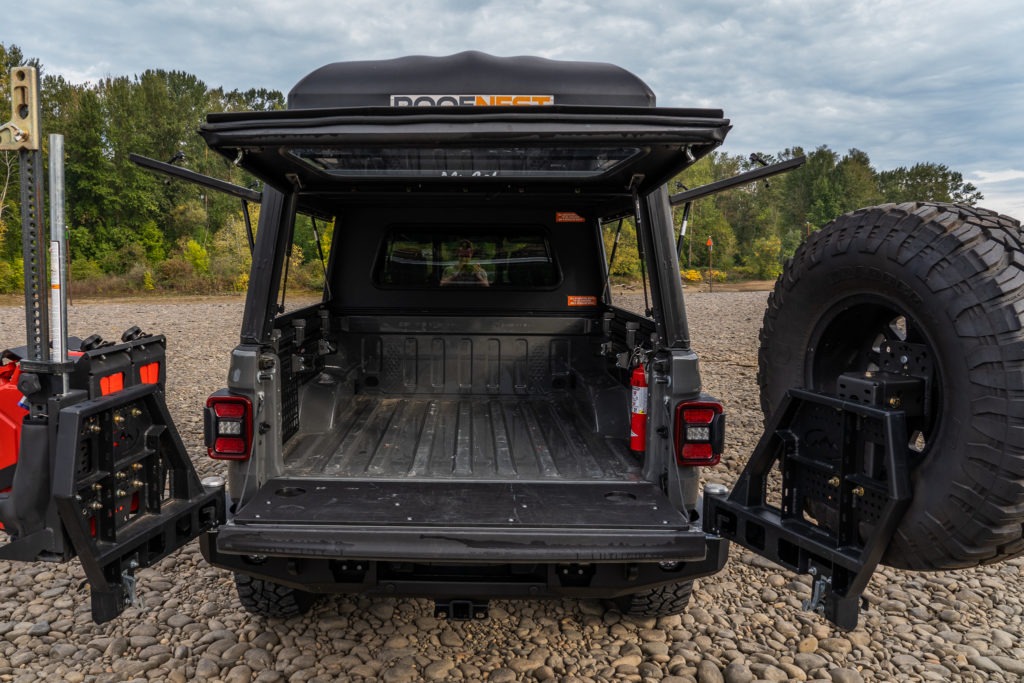
Cargo and the space to carry it is another important factor for an overlanding vehicle. Whether you choose a wagon or a pickup, cargo capacity — both in terms of cubic space but also payload — is a primary consideration.
Yes, your Subaru wagon has a pretty big rear hatch area. But what is its payload rating? Same question goes for your pickup. Don’t assume that just because your stuff fits in the back means your vehicle has the capability to carry it. Payload impacts both the suspension as well as your ability to drive safely (i.e. can your brakes handle the weight).
Gross Vehicle Weight Rating (GVWR) is an important consideration for every vehicle. When you’re addressing cooking, food, water, recovery, navigation, tools, and required camp gear, there are countless combinations of what to take to make the most of your trip. Some people agonize GVWR. This can be improved upon by beefing up your brakes and suspension.
That’s only part of the equation, though. So, play it safe and pack smart.
Comfort
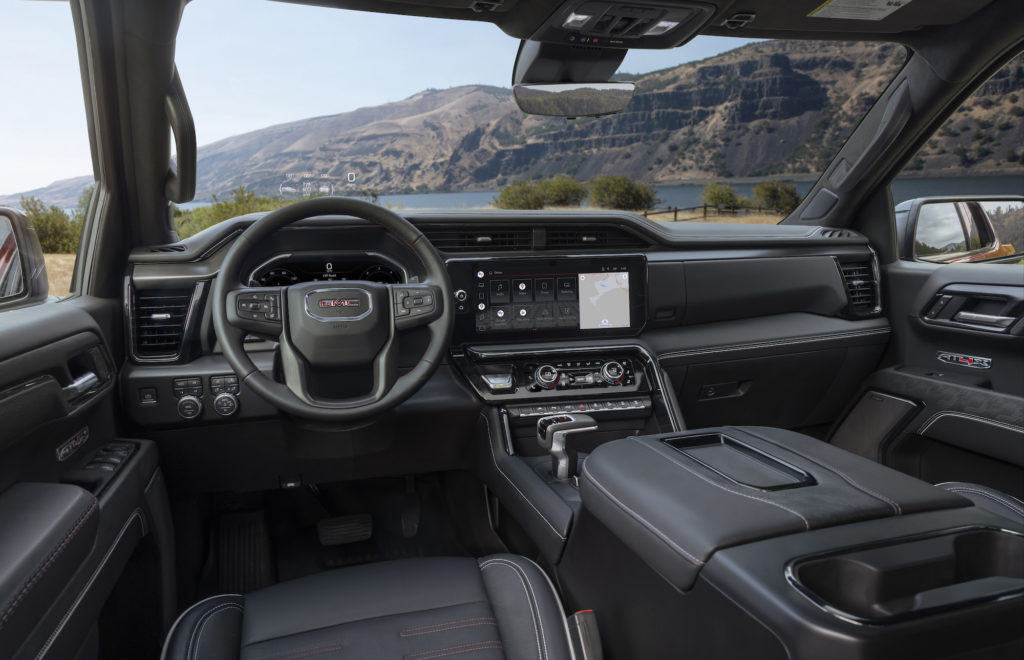
Comfort is the final piece of the equation. Be honest, ask yourself if you’ll be fine in a rooftop tent or will the slide-in camper be more of your style? This “how comfortable do I actually want to be?” question should be asked across many different facets of your overlanding plans. I, for one, have found that bringing the bare minimum isn’t enjoyable for me; I like more than a modicum of comfort. Maybe I am soft, but I have given myself permission to embrace my desire for comfort on the overlanding trail.
Here are other questions you should ask yourself:
- Do you need onboard water for a shower and dishes?
- Or can you get by with just a jerry can full of potable water?
- Is a cooler full of ice sufficient?
- Or will you want more fresh food without the bother of melting ice?
If you need ideas on what to pack to keep yourself hydrated and well-fed check out the Best Overlanding Camp Kitchen Gear.
READ MORE: Trips & Trails: Cinder Butte Viewpoint
These questions are part of the fun in figuring out your own version of overlanding. Thankfully, there are plenty of resources to help you make informed decisions.
If you visit an Overland Expo, you’ll see overland vehicles of every conceivable shape, size, and variety. While there are undoubtedly many that are similar, it’s highly unlikely that any two are exactly alike when you dive into what they carry and where they’re intended to go. That’s part of the fun of it all, personalization.
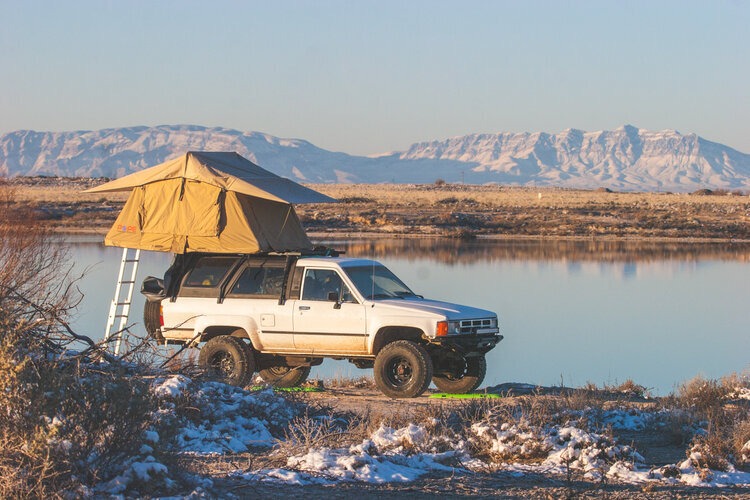
Each group will have their reasons for why you should drive a Toyota, Jeep, Land Rover, or something totally different. Within each of those communities, you’ll find proponents of this or that particular piece of gear. For example, we laid out Which Jeep is Best for Overlanding.
Let me wrap this post up by saying that none of these guidelines guarantee that your journey will be as smooth as silk.
While it’s nice to have a trip go off without a hitch, a particularly rough section of a route, getting lost, and terrible weather is all part of the adventure. Even when you hate it at the moment, it’s those less than ideal aspects of a trip that usually come up in conversation for years to come. I have found that rarely the trips I think back on most fondly are those that went off without a hitch. It’s the ones where we blew a tire or got lost or stuck that, well, stick in my memory banks.
Whatever you pick as your overlanding vehicle, don’t worry too much about keeping up with the Jonses, so to speak. Build it to your needs and budget. Then make your adventures work within those boundaries. And remember, above all, to have fun.
